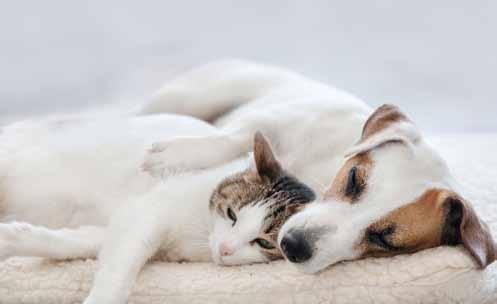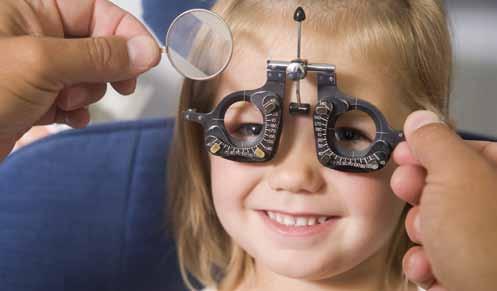Gladskikh Tatiana/Shutterstock.com
natural pet It is unlikely a pet will become infected and serve as a source of infection for people.
Coronavirus Pet Safety Facts and Tips for Dog and Cat Owners
T
by Shawn Messonnier
here are many types of coronavirus. COVID-19 is new—a novel coronavirus—and there are currently no confirmed cases of COVID-19 in dogs or cats. Dogs can become infected with a canine coronavirus. It is fairly speciesspecific and will not infect people, but can infect cats (without causing clinical disease in naturally infected cats). Most infected dogs do not show symptoms and recover without showing signs of infection; young puppies may exhibit mild diarrhea. Cats have their own coronavirus that, like dogs, usually causes an asymptomatic infection, or may cause mild diarrhea or mild respiratory infection (especially in kittens). However, this coronavirus, for unknown reasons, can mutate in the GI tract and transform into the (usually) lethal feline infectious peritonitis (FIP) virus (this occurs in about 10 percent of infected cats). Again, this feline coronavirus will not infect dogs or people, and only infects felids. (A curious note is that cats can become infected with the human SARS coronavirus experimentally and naturally, but do not become ill, and the original SARS virus was suspected to have originated from a mongoose.) As with human coronaviruses, canine and feline coronaviruses can survive outside of the pet’s body for a period of time, especially in a colder
environment, but are easily killed with most soap or disinfectants. Dogs and cats that develop their own coronaviral diseases will not infect people. However, by serving as fomites (objects that can carry an infectious organism on the surface), dogs and cats could potentially carry a virus on their coat or skin if an infected family member gets infected material (saliva, respiratory droplets, etc.) onto the animal. Like any other surface in the home, the virus could transfer from the surface of the pet to other uninfected family members. (This is usually by hand to face transfer.) To be safe, it may be wise to keep the family pet away from the infected family member, or at least have the infected family member bathe and/or wipe the pet’s coat with a wet washcloth before the pet is exposed to uninfected family members. Keep in mind that maintaining proper blood levels of vitamin D in people and in pets is important in minimizing infectious diseases. This is an evolving topic. As new discoveries and research arise, check the Centers for Disease Control website (cdc. gov) for the latest advisories and recommendations. Shawn Messonnier, DVM, is the owner of Paws & Claws Holistic Animal Hospital, in Plano, Texas, and an award-winning author and host on Martha Stewart Radio. May 2020
39




